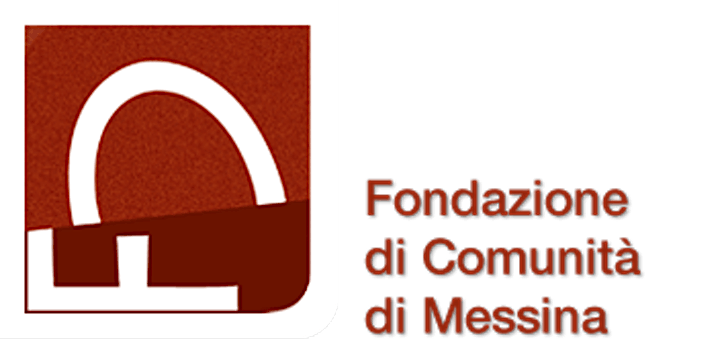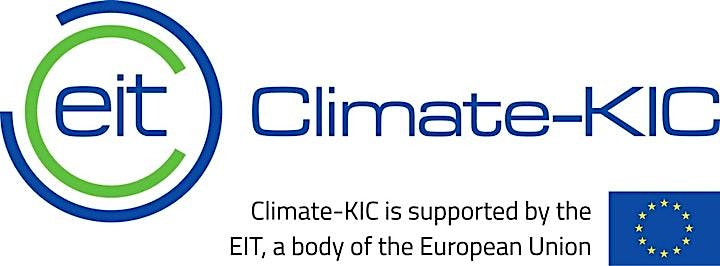“We want to try a new operating system, but we have to always install it on Windows 95”
Our current economic models need rethinking. This was the general consensus at a recent Edgeryders webinar dedicated to a case study of the Sicily’s Messina district “strange” economy.
Edgeryders co-founder Dr Alberto Cottica explained how despite the economic cycle initiated by the free trade and free movement of capital policies in the 1980s and 1990s, some people on the ground ignored the models and built small scale economies.
“There is a lot we can learn from the Messina example” - he said - “from how it originated, from its projects and funding mechanisms and the capability of remaining independent.”
The context
Giacomo Pinaffo of Fondazione Communità di Messina explains how the model worked, starting form the Sicilian context.
“…to quote data from 2018, the region had the highest unemployment rate in Italy. We’re talking about more than 20%.”
“And 22.5% of families live below the relative poverty line and almost 20% of the economy is black (market) and illegal.”
“In addition to this, there is the influence of the organized crime, the mafia.”
The beginnings
“People got tired of the local situation. Everything started in the beginning of the nineties, let’s say, after the murders of the most important and most famous anti-mafia judges,” Giacomo explained.
“The citizens started to organise themselves autonomously in organisations and movements, trying to change things locally, with their own direct engagement.”
The first project
A foundation was established and the group reached out to the Ministry representative, proposing to help in reintegrating patients with criminal record, detained in Messina’s psychiatric facility, back into society.
“We went to the minister and said, look, this jail costs a lot to the society because you are spending thousands of euros per year per person there. And you’re not solving anything,” Giacomo said.
“We - the foundation - suggest a different possibility. If you provide us with a lump sum amount, which would be the sum of what you spend for one year per person, we assure you that we will be able to get them out of there and reintegrate them into society.”
The State agreed to let 56 people from the institute be involved in the project.
“The money the State would have spent for simply keeping the 56 persons in the facility was invested in building of photovoltaic plants, used by several public institutions and families, above all poor, living in Messina,” Giacomo said.
“We have proposed free plants and energy to the people who accepted to host the panels with the agreement that the public subsidies for them would be going directly to the Foundation. That created a guaranteed 20 years income flow.”
“At the same time, the people from the psychiatric institute were inserted in several cooperatives, agricultural, commercial, even the cooperative created to build the solar power plants.”
Their employers paid a wage based on the work done while the Foundation, using the income from the subsidies, added the remaining sum needed to reach a fair wage. Meanwhile, to help their reintegration, the Foundation has organised a dedicated support program.
What can we learn from this?
Alberto highlighted:
- It used the passive public spending on the health care of very serious patients to actively reintegrate some of them into normal life.
- It managed to reduce the consumption of fossil fuels in town.
- It spawned several new businesses – landscaping and maintenance cooperatives for example and so forth.
- It provided long time funding of the Foundation.
- It introduced the Foundation as a capable policy maker on the local scene.
- Hundreds of businesses, households, schools and hospitals with solar panels installed by the Messina Foundation have become friends and allies of the Foundation.
“In English we would call these ‘the relational goods’. They are different from traditional idea of goods in economic theory, because their value lies in relationships” - Alberto concluded.
The second model - social housing
“Freedom is the main objective of the Foundation. When we say development creates freedoms, we are referring to the Amartya Sen’s capabilities approach - which means expanding the opportunity of choice for the people. The weakest obviously above all,” Giacomo said.
“In Messina, there are slum neighbourhoods. They were first built in 1908 after the earthquake and grew further after the bombings of the Second World War.”
“These are very hard places to live in. The research we conducted discovered that the life expectancy of the people living there is seven years lower than the average of the rest of the city. It’s controlled by crime. It’s highly deprived.”
“These slums host around 2,500 families and on part of them, about 200 families, 700 persons, entered the project of social housing which we were asked to organise by the local Administration.”
The Foundation proposed three solutions to the people:
- Follow the main public program and relocate in a low rent house owned by the State.
- Enter one of the modern, energy efficient eco-buildings built on the sites freed by demolishing part of the slums.
- Buy a house taking a lump sum from the State which covered 80% of the price. The Foundation set up a microcredit institute which loaned the remaining 20% if needed. At the same time, the Foundation provided support and guidance through this process for the financially illiterate inhabitants of the slums.
“You empowered them by giving them ownership of choice,” Giacomo explained.
“Let’s say (you change) the mind of one person, two, 200 people, 700 people. Then, step by step, the general approach in the local society starts to change.”
Can these models be replicated? Only if the systems evolve into networks
“We see a lot of networks, a lot of entities that are cooperating among themselves but keeping their identity, their position and their activity. They are independent and autonomous. They focus on specific issues and decide to work with other entities only where they see a gain for themselves,” Giacomo explained.
“The creation of a system starts from the entities capable of changing themselves too, by modifying their own structure, adapting to the specific context, getting closer to other entities and working together on a common project and a common dream.”
“One of the most interesting questions that arise is what makes local territorial systems capable of becoming self-organising entities,” Giacomo said and added: “This is a point we would like to understand better. We would become able to see where and how can we cooperate with other territorial systems of the Mediterranean basin.”
Let’s break down some of the ways the Foundation operates
Subsidies vs stocks
The foundation buys stocks to maintain its financial independence.
“If you always need to ask for external investment, both from public or private investors, you also have to comply with their requirements” Giacomo said.
The co-operative structure does not have much appeal for the investors because of the nature of its governance. This limits the growth of many social enterprises.
“It is one head one vote. It doesn’t matter how much money you have invested, you have one head, you have one vote. This has an obvious impact on the capacity to collect equity. Investors are not so happy to invest a lot of money in these situations,” Giacomo highlighted.
Stocks allow the Foundation to make a ten year strategic plan.
Recognising that economy has a direction
“Economy actually has directions. It is easy to recognise it in your case: it is producing more freedom for people,” Alberto said, pointing out that the idea to innovate which considered only the economic growth rate and not its direction, is flawed.
“In innovation policy… we should have missions. We should have the Apollo program, the decriminalisation of the economy and then we will create in practice more and better growth,” he explained, making reference to economist Mariana Mazzucato.
Creating things that benefit all society
The foundation supported a local brewery which all but shut down offering the workers a buyout option.
“There was the problem of keeping the people’s jobs, but let us not forget that the brewery itself was a part of the local tradition.”
Other models, discussions and thoughts from our breakout sessions
The open discussion touched the differences and similarities between Sicily and Sweden, the Netherlands experience, the circular economy, the long term sustainability.
Ideas and examples of positive outcome from cooperative work were mentioned, such as:
- The Cleveland model and the Evergreen Cooperative Initiative
- The Stoneybatter Festival in Northwest Dublin
- Public housing model in Vienna
If you have any further thoughts on how we can restructure economies or examples you would like to highlight. Please comment below.
This is brought to you by
In partnership with:
With support from:



